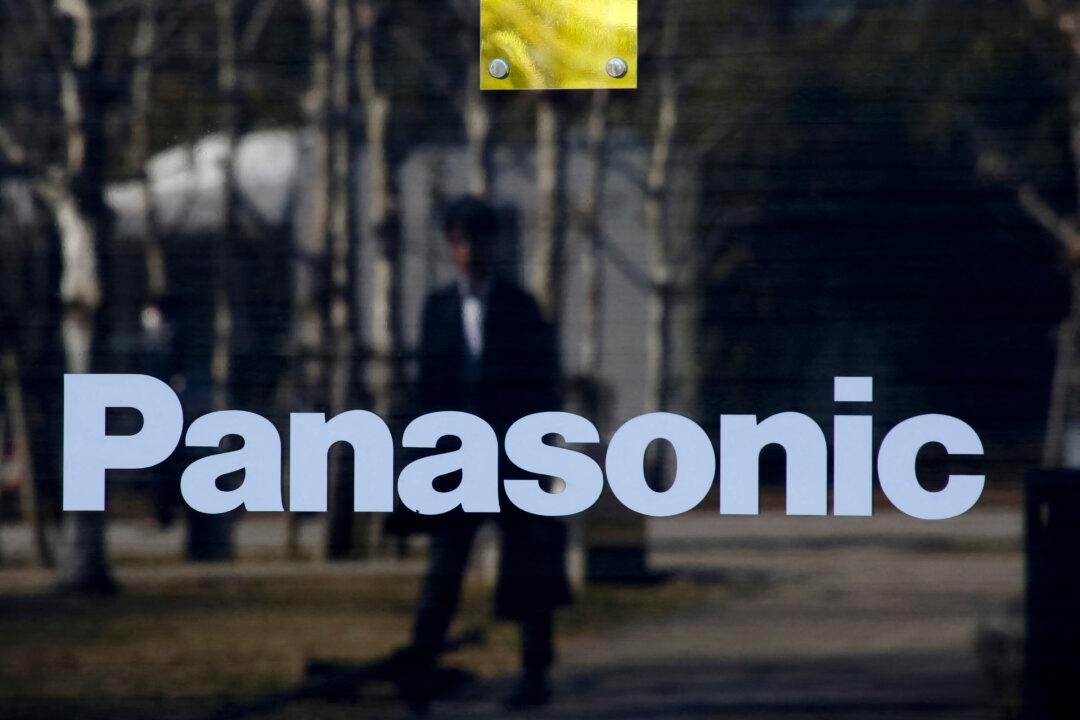The layoffs target 5,000 Japanese employees and 5,000 overseas workers at Panasonic’s consolidated companies. Job cuts are set to be implemented mainly in fiscal year 2026, “in accordance with the labor laws, rules, and regulations of each country and region.”
“The company will thoroughly review operational efficiency at each Group company, mainly in sales and indirect departments, and reevaluate the number of organizations and personnel actually needed,” said the statement.
Panasonic will also terminate loss-making businesses that have “no prospect of improving profit.”
“Through these measures, the company will optimize our personnel on a global scale,” it said.
The layoffs are part of Panasonic’s broader management reform. The company is banking on these measures in fiscal 2026 to “resolve its various structural issues.”
The management reform seeks to improve profit by a minimum of 150 billion yen—roughly $1 billion—in fiscal year 2027 compared to fiscal 2025.
For the current fiscal year 2026, Panasonic expects structural reforms to cost the company 130 billion yen, approximately $900 million.
“There is a deep-rooted tendency toward following the established framework once a decision has been made. If we are going to improve the efficiency and quality of our work, then we must become an organization that is constantly changing, with each individual taking the initiative to make changes,” he said.
“I believe we need to advance to the stage where change is considered a virtue. To achieve this, it is extremely important that we avoid being constrained by deeply ingrained behaviors.”
Sales were at 8,458.2 billion yen, approximately $58 billion, down 0.5 percent from a year ago, which was partly due to the impact of deconsolidation in the company’s automotive segment, said the earnings report. Operating profit jumped 18 percent year-over-year, partly due to higher sales.
According to Panasonic, the global economy experienced a gradual slowdown during the fiscal year ending March 31.
For fiscal year 2026, net sales are expected to decrease, with operating profit also forecast to fall.
Potential impacts of tariffs from the United States were not included in the forecast.
“The company continues to monitor the tariff situation and aims to minimize the resulting impact by taking measures from both short-term and medium- to long-term perspectives,” Panasonic said.
“Families are at their breaking point as chronic stress, disconnection, and fragmented wellness solutions are taking a toll, and the call for help is loud and clear,” the company said.
Panasonic’s wellness solution is expected to aid families in dealing with wellness issues and “help modern families thrive.”







